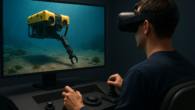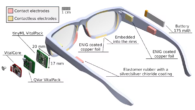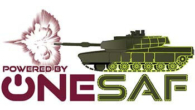
Simulation Weekly News
PHI Air Medical adopted Loft Dynamics’ full-motion VR simulator, certified by FAA and EASA, to allow air ambulance pilots to rehearse high-risk, zero-visibility scenarios. Defence agencies are also integrating simulation, as seen by the French Ministry of the Armed Forces receiving Exail’s EF-Truck mixed-reality systems, with Unreal Engine 5 upgrades planned, for cost-effective military driver training. Meanwhile, the industrial sector is increasingly advocating for XR and AI adoption to enhance productivity and overcome predicted engineering skills shortages.
In the Hardware and Consumer space, competition and technical breakthroughs are accelerating. Samsung challenged the market with its new Galaxy XR headset, offering a lower price point and premium features like dual 4K micro-OLED displays and integrated Google’s Gemini AI. This launch comes as EssilorLuxottica reported an 11.7% revenue rise, heavily fueled by demand for its Ray-Ban Meta smart glasses, prompting them to fast-track production. Further advancing visual technology, Swedish researchers developed “retina e-paper,” achieving pixel densities comparable to the human eye, promising ultra-compact, high-fidelity VR/AR displays. Beleve Vision also introduced Portalgraph, a headset-free display technology that converts ordinary screens into interactive 3D/VR portals for gaming and entertainment.
⊲ Image – DALL-E ⊳








